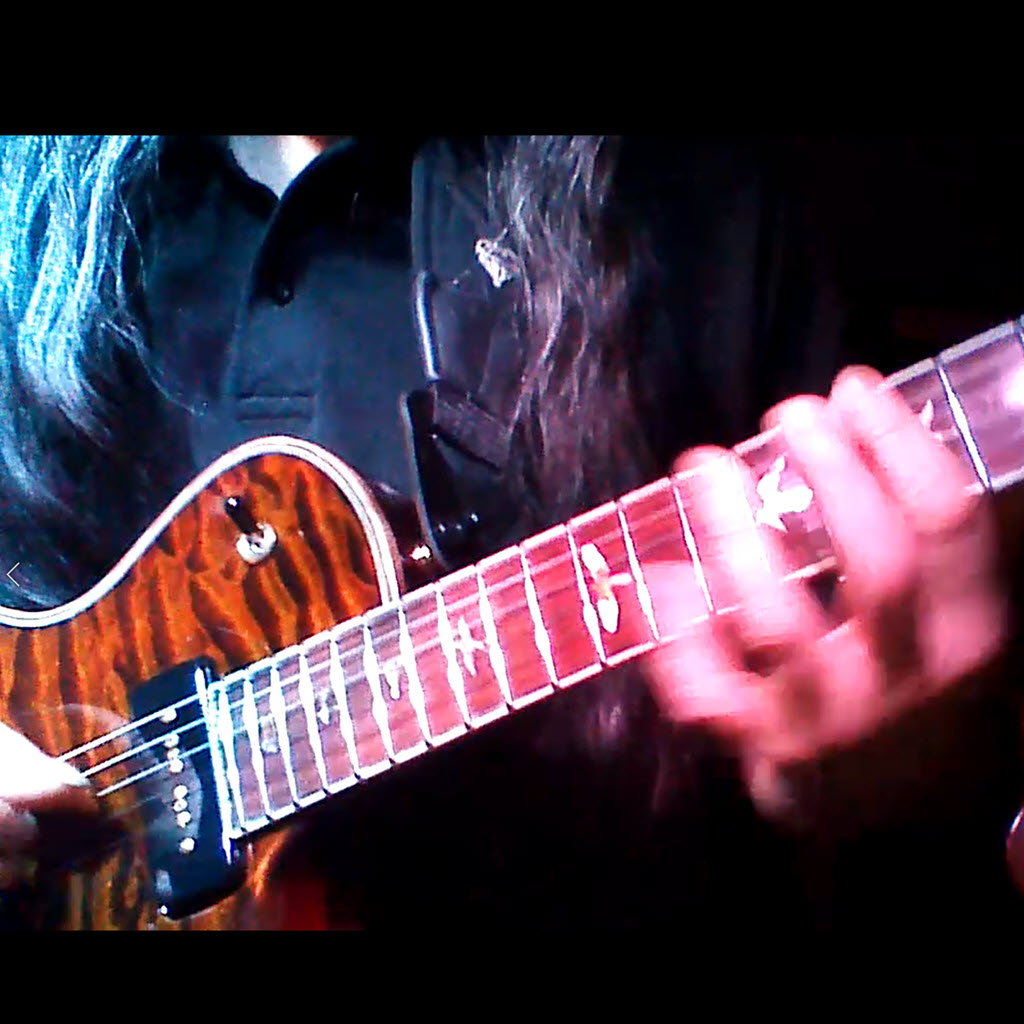Sketches: The Process
Here is an outline of the steps I take when someone requests a sketch.
What did you need to see?
I try to discern from the request:
- The number of players
- Player roles (lead vocals, lead instruments, background vocals, rhythm section)
- Role of the person making the request
- Instrumentation (what kinds of instruments and related gear)
- Physical Layout (left-to-right as viewed from the audience – forget stage left or right)
- Onstage changes that occur (instrument or roles swapping)
- Size of the stage
- Size of the venue
- Style(s) of music
Ask for more Information
If I need more information I’ll usually post back to ask for it. Some things are pretty hard to change once I’ve drawn them so it is good to get things lined up first.
Is there a precedent?
I check the Illustrating Setups section to see if there is something similar. If so, then I’ll post a link to it.
If there is a specific issue to be addressed, I’ll search the site to see if someone has addressed it.
Research
I try to locate manuals online for the gear and instruments to see if there are any specific issues related to how things are connected. This usually means reading the manuals to see what a piece of gear is supposed to do, and reading the related web pages. Then I go back to the manual to find things like images of connections and block diagrams.
I look specifically for things like: Input sensitivity, output levels, balanced or unbalance connections, and XLR or 1/4" connections.
If the manuals have diagrams, I’ll usually grab these and make clips to include in the sketch or the notes that will accompany it.
Building the Pieces
If I can find pictures of the instruments and gear, I will download these and re-size, re-orient, and trim away backgrounds so they will work in a sketch. Sometimes I will do a drawing (mini-painting) of an instrument, or if we are talking about something relatively generic – I’ll do something more casual in a line-sketch.
Recheck the Requirements
At this point I usually have a half-dozen or more pieces to incorporate into the sketch and resulting notes. It’s pretty easy to get lost at this point, so I’ll go back and re-read the original request.
Imagining the Stage
I’ve been trying to do this all along, but I guess this is the fun part: Trying to picture how the band will "look" on the stage. Somewhere in this process I try to hear what each player will hear.
Principles
I’ll write another entry on the principles that I incorporate into sketch.
Write the Application Notes
At this point, if I still have my wits about me, I’ll document the connections or at least map them out in my head.
Oh yes… and then there’s the sketch
Time to pull out the pen (Tablet PC stylus) and start sketching. There may be several iterations before I have something to share. Over time, I’ve tried to adopt some conventions within the sketches, but these are evolving.
There is a lot of "coding" going on inside the sketches. Over time I have tried be more consistent the ways that I draw lines from sound sources to the Bose system. This includes the approximate placement of the connectors, line widths and colours, and even the paths of the lines. These are design goals – and not something I’ve been able to accomplish consistently. The coding part, is about conveying the most information possible without obscuring the desired outcome.
One of the little challenges is choosing colours (avoiding pure green and red, for the sake of people who have challenges with this). I have to be careful with this because sometimes subtle differences in colour are lost in the post production processs (see below).
Although there are times that it doesn’t matter, I usually try to stick pretty close to "scale" for Bose systems, distances between them, size of instruments, space required by players, and space between everybody.
Post Production
I usually draw an image that is considerably larger than what you see on the site. The originals can be as big as 1400×1050 pixels, although usually they are closer to 1024×500. This would be too big to work nicely within the visual layout of the forum software so I scale the image down to a standard 600 pixels wide.
The images are usually too big to allow reasonable download speeds. I have to bear in mind that not everyone has a high-speed connection. So there’s often a stage where I run the image through image optimization to end up with something small but readable. I target not to exceed 30-40 kilobytes for any given image.
I will usually create two versions: A "full sized" image at 600 pixels wide, and a "thumbnail" at 300 pixels wide.
Sharing the Sketch
Because the forum software supports only one attachment per post, and because I often want to embed the image within some text in a post, I post the image files to a special location on the site.
Finally, I create a post or two that incorporates the sketch and application notes, links to the original request and other references when appropriate.
Actually, that’s not quite the end of it. I have written a system that recreates the Table of Contents section of the Illustrating Setups area. Once the post is done, I enter the links and references and descriptions into that system. It generates one big table of contents page that I have to "chop up" because the forum software has a limit to size of any individual post. I edit the existing posts in the Table of Contents so people can find things.
Care to guess how long it takes end-to-end?
See my other articles about the principles behind the sketches and tools I use to create them.
